Fiber FAQs
All you need to know about fiber.
NOTICE: Our office will be closed on Friday, July 4th in observance of Independence Day. For assistance, please call 319-665-5499. To make a payment, use the drive-thru drop box.
All you need to know about fiber.
What is fiber and why is it better than what I currently have?
Fiber cables contain optical fiber, which are hair-thin strands of glass specially designed to trap and transmit light pulses. Unlike copper that is still widely used, optical fiber can carry data for great distances without signal loss or interference. Optical fiber can also transmit signals in both directions simultaneously — allowing you to upload and download at extremely high speeds.
How will a fiber connection benefit me?
Think unlimited bandwidth capacity combined with lightning-fast internet speeds. A fiber connection is a game changer — it will enable you to enjoy a better online experience with data-intensive applications such as streaming, online gaming, cloud storage, online education and more.
Fiber also increases service reliability and stability. Eastern Iowa’s toughest weather is no match for our underground network. We bury fiber-optic cables to ensure they will endure harsh environmental factors such as sunlight, storms, snow and high winds. Our fiber is strong, weatherproof and UV-resistant. Not only that, but having a fiber connection may increase the value of a home by several thousand dollars and increase the amount renters are willing to pay.
What services will I be able to choose with fiber?
South Slope offers internet, TV and phone service over fiber optics.
How fast can internet speeds be for my home or business on a fiber connection?
A fiber connection can provide virtually unlimited internet speeds. We have residential fiber plans of speeds up to 1 gigabit per second (Gbps) and business fiber plans of speeds up to 10 Gbps with equal download and upload speed. To put that in context, an internet speed of 1 Gbps is equal to 1,000 Mbps. So if you currently have an internet plan with 20 Mbps speed, 1 Gbps would be 50 times faster.
Where is South Slope building fiber networks?
South Slope is in a multi-year project to convert homes from aging copper lines to fiber-optic lines. Fiber is the most advanced technology available and is part of our ongoing commitment to provide you the best way to stay connected.
How and when do I sign up?
We will be going door to door in rural Solon beginning in September of 2023 to get permission. If you live in rural Solon and haven’t been contacted yet, please call 605-995-1836 to schedule a free 15-minute pre-construction appointment.
Who will be coming to my house or business?
Following are photos of the people who are going door-to-door as representatives of South Slope to sign people up for fiber and to do fiber service conversions.
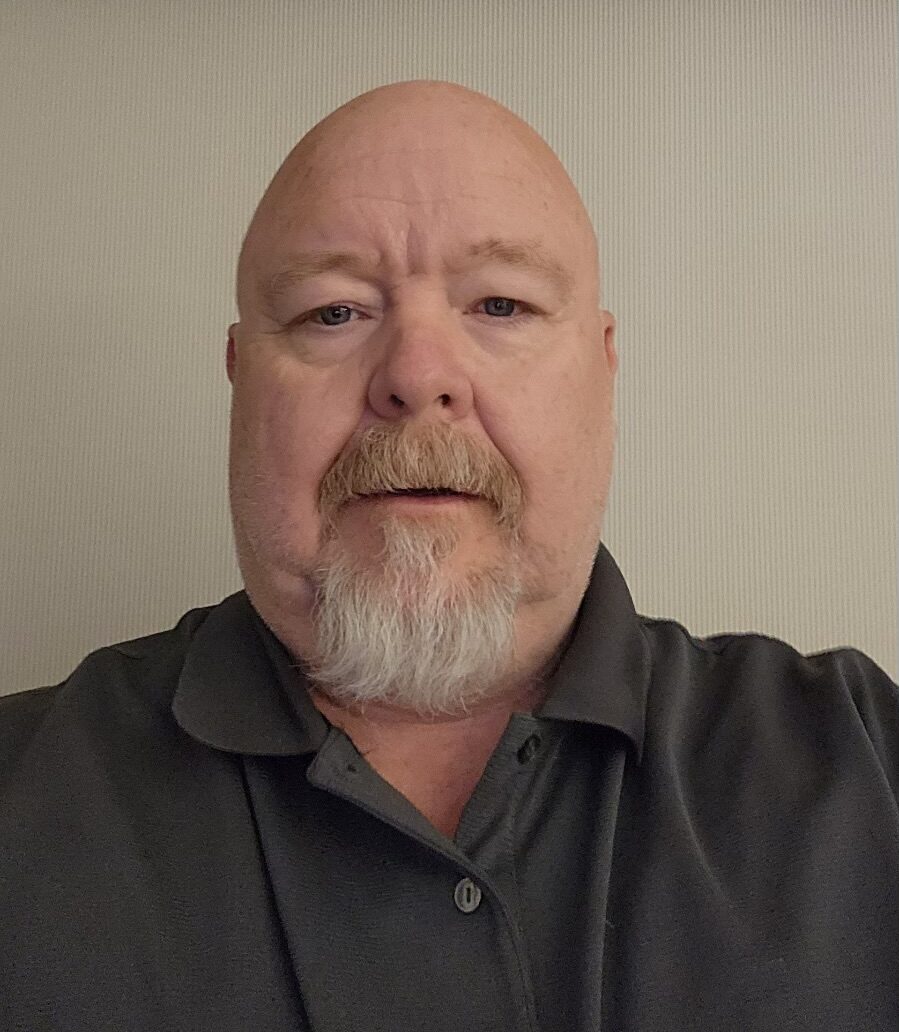
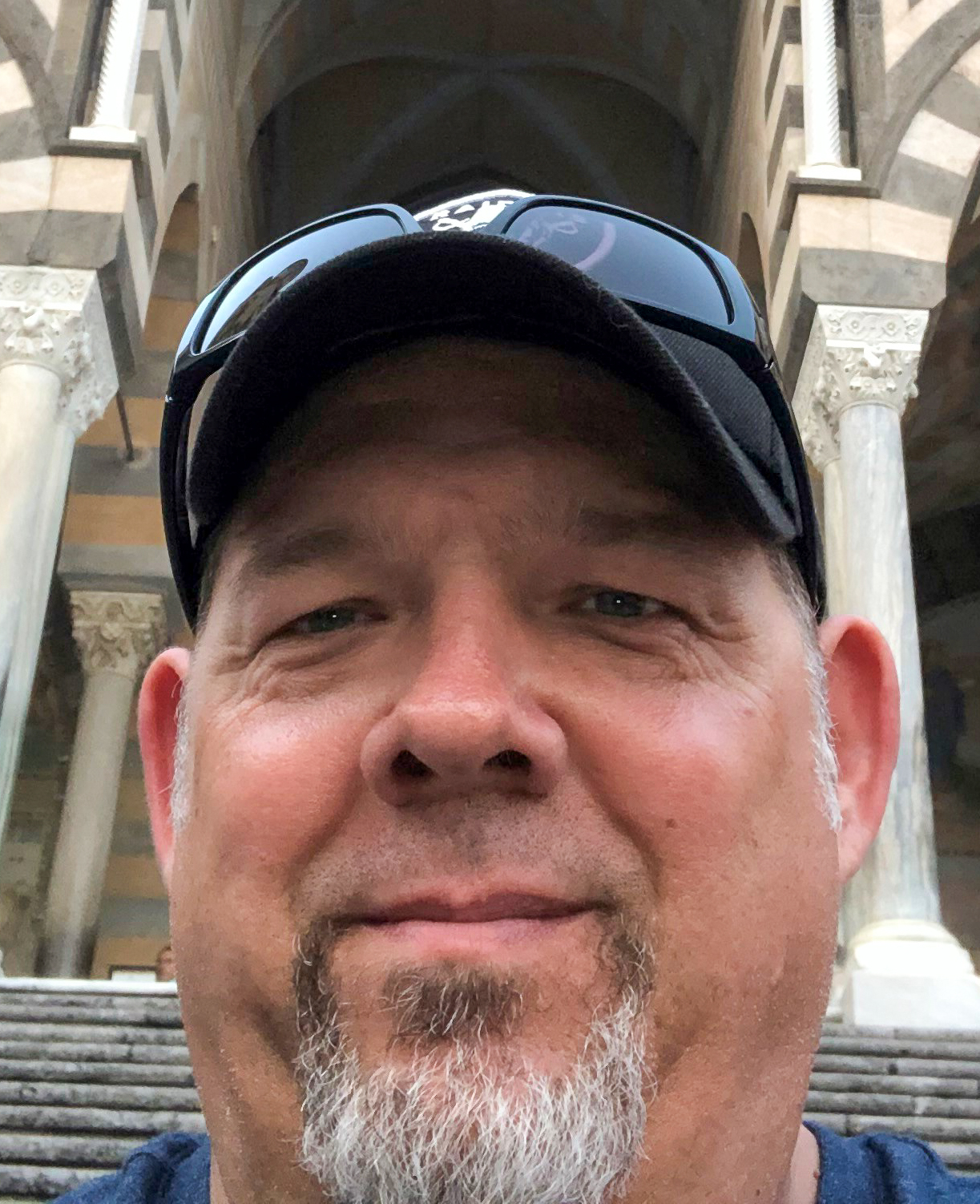
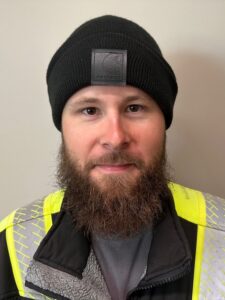
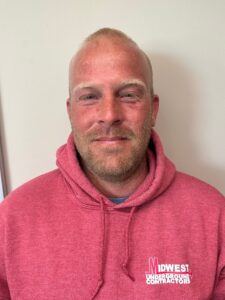
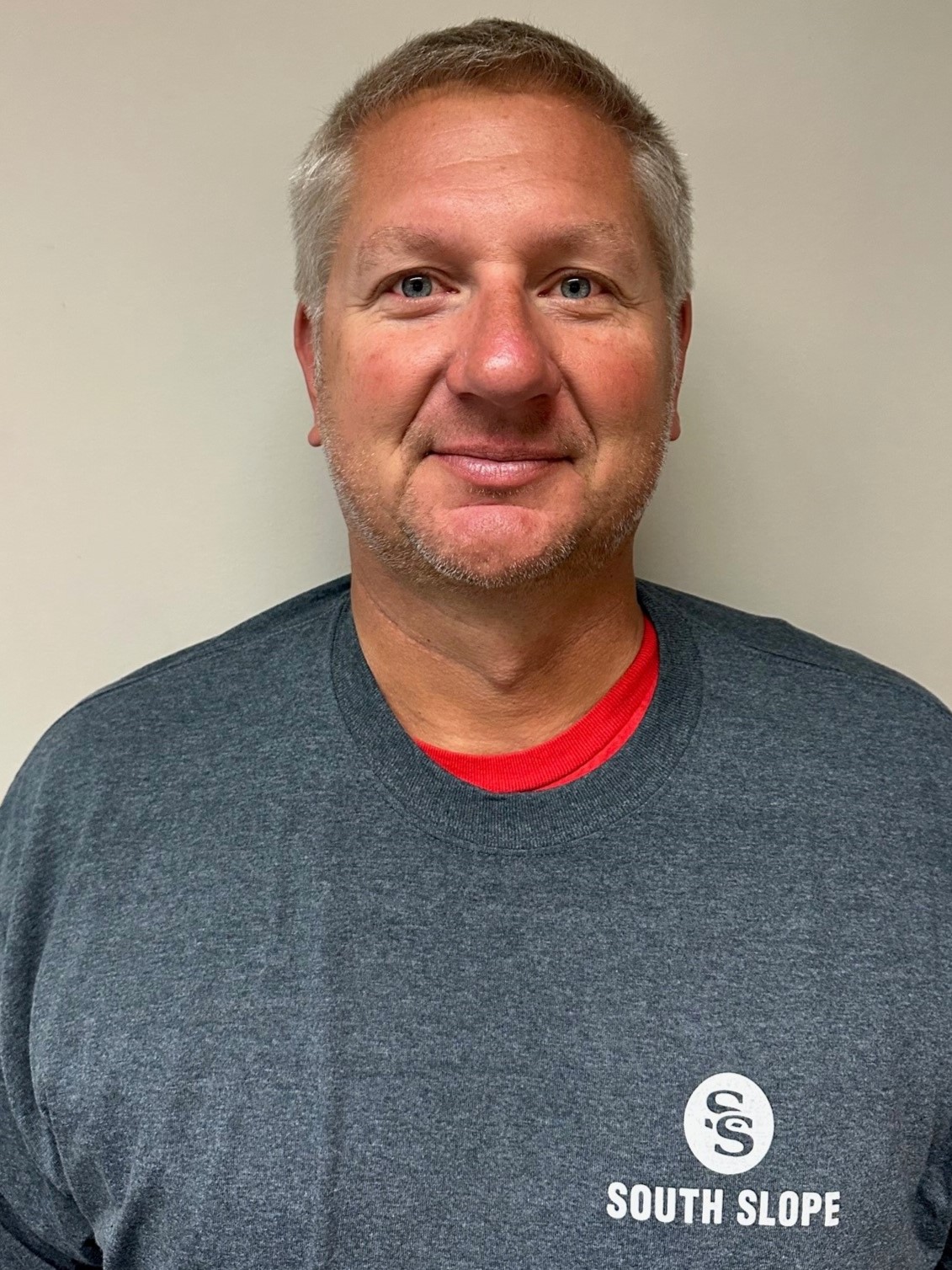
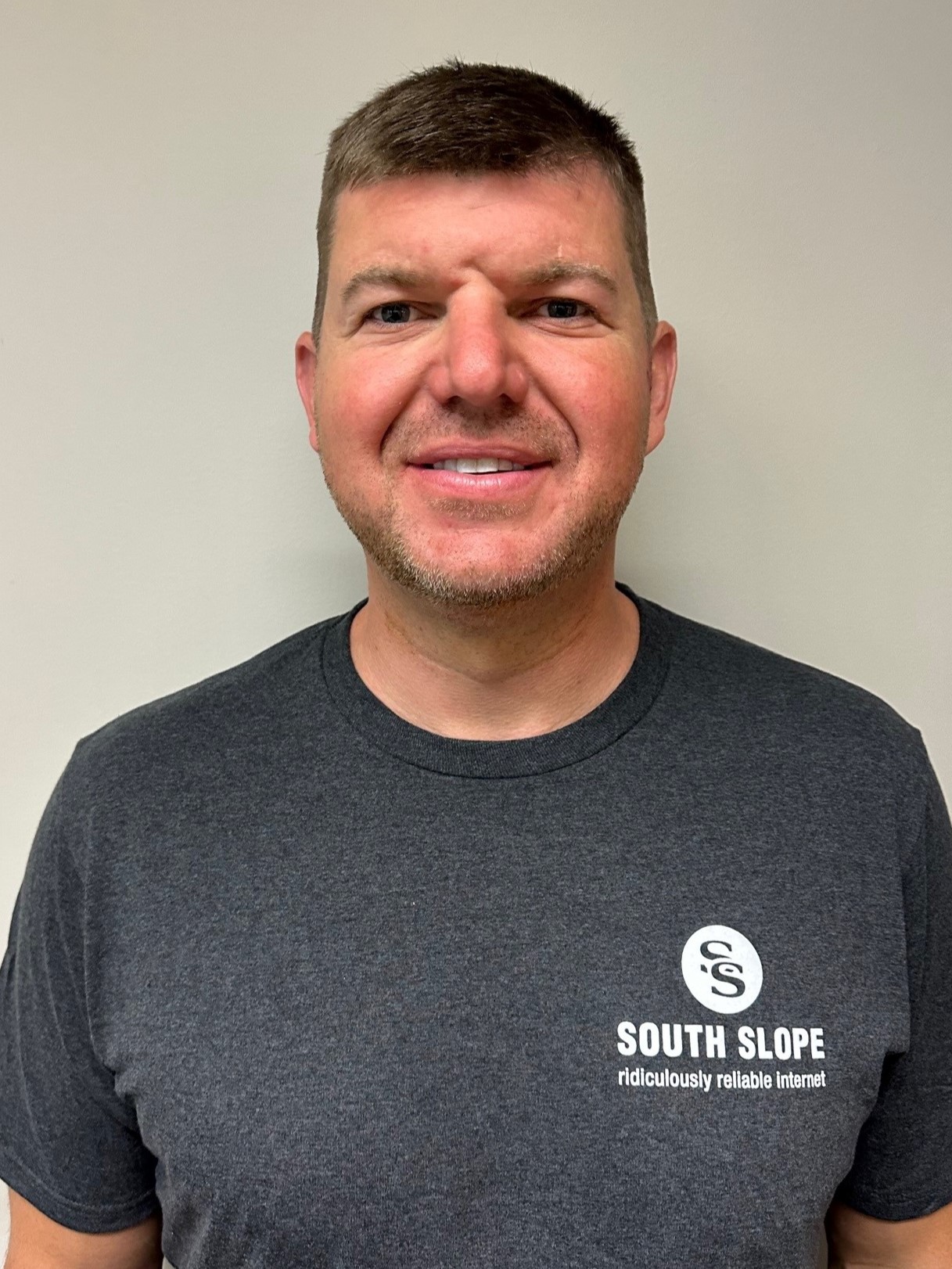

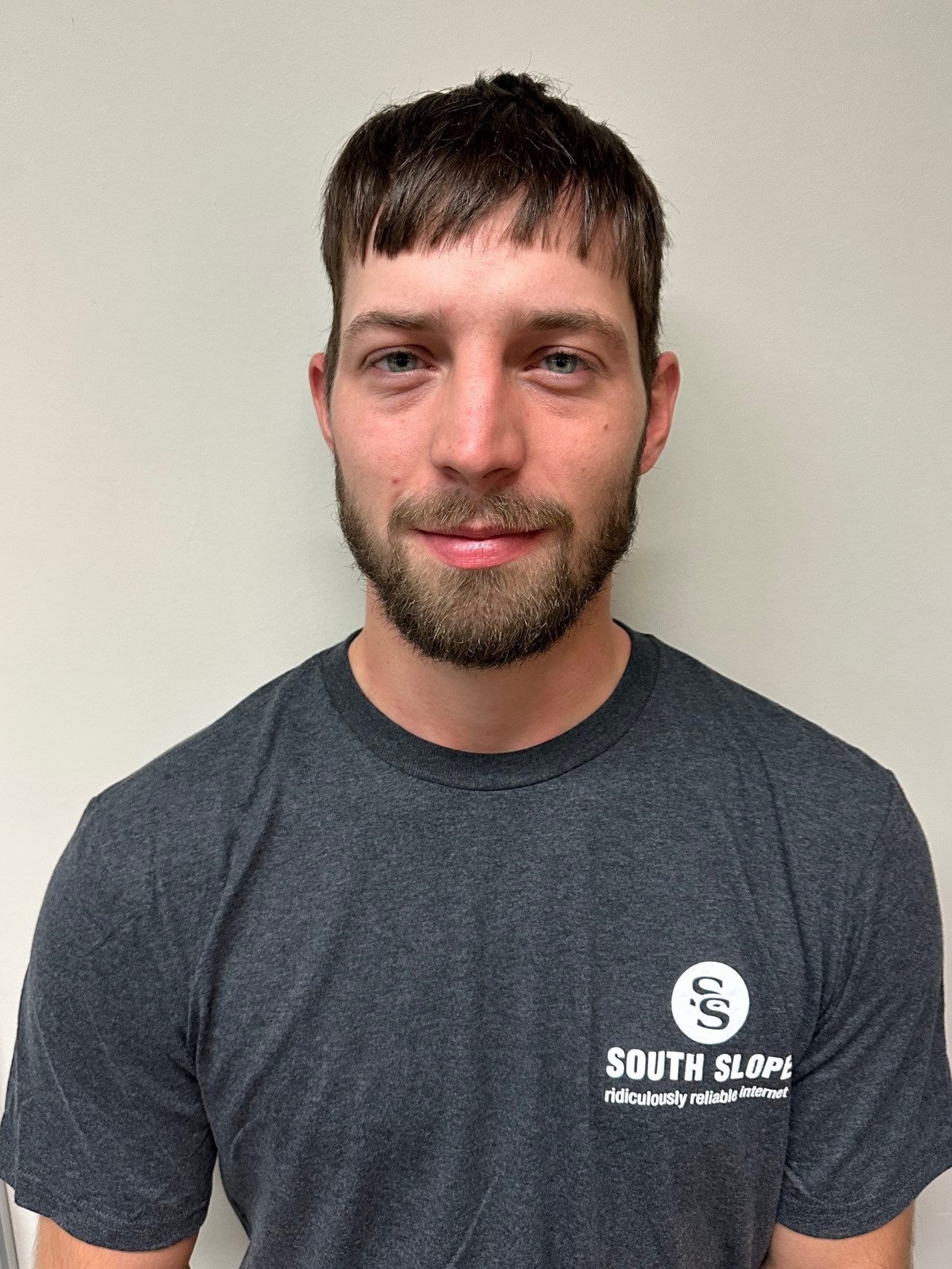
What is the cost to sign up?
There is no cost to complete the online form to show interest in getting fiber services. If fiber is already available at your address, simply contact customer service for information on services, costs and installation.
If I rent, am I able to get fiber?
If you rent a house or an apartment, we will need to contact your property owner. If your address is within our fiber area, please provide your property owner’s contact information in comments sections of our Order Service form or contact us.
When will fiber be available?
Due to the possibility of weather delays, we cannot provide exact dates. Construction in rural Solon is scheduled to begin in the Spring of 2024. Fiber service installation is scheduled to begin in late 2024 and continue in 2025.
Will the installation of fiber disturb my yard or property?
We do our best to leave your property in good condition, but some disruptions may occur. Our cables are buried through plowing, and at times this will put a temporary line in some yards. We will do our best to restore the property back to its original condition. Before digging, we locate every utility, and mark their location, to assist digging crews. Once we start locating, you may notice different colored marks on your grass, sidewalk, or street to make the fiber installation process run smoothly.
Do I need a modem with fiber internet service?
No. Your fiber connection does not require a modem but we recommend a router with a firewall for security. The router provides a wireless connection (Wi-Fi) to your devices.
Will there be new equipment installed at my house?
Yes. The old Network Interface Device (NID) you currently have will be replaced by a slightly larger Optical Network Terminal (ONT). The ONT converts the fiber signal into separate signal for voice, TV and internet. This unit will also require the mounting of a backup power supply if you take phone service. The ONT requires electricity. Since fiber cannot carry an electric power charge like copper used to, a battery backup is required to power your phone service in the event of a general power outage. This battery is designed to last for 8 or more hours, depending on phone usage. You may extend your backup power by purchasing a 24-hour battery backup option. Please contact us if you would like to learn more about our 24-hour battery backup options.
What should I expect during the upgrade?
We begin by placing the main line fiber-optic cables to each neighborhood followed by placing fiber or conduit to your home. We will be installing an ONT near the time that you will be converted to fiber-optic services. When everything is in place, we will need to schedule an appointment with you for installation.
Do I have to switch to fiber, or can I keep the service I currently have?
All South Slope customers within our fiber build areas will eventually move to the new fiber network. Due to the high costs of maintaining two networks, we will be shutting down our copper network in the future. You will receive faster internet options, crystal-clear phone connections and digital video services all on our secure fiber-optic network.
What happens when my service is "switched over" to the fiber network?
Our goal is to switch our customers over with minimal inconvenience. After the main line construction is finished and you’ve completed the signup process, our technicians will complete the connection of your home. At this time, the technicians will not disconnect or remove your current service feed or any inside wiring. Once all of this is complete, a South Slope Representative will contact you to confirm your service selections and coordinate a date for your conversion. Typically, on the day of installation, a residential customer will be without service for five to ten minutes while the actual cut-over takes place.
Will there be disruptions during construction?
As construction is happening, work may become disruptive. We understand that noise and constant construction are less than optimal, but South Slope will attempt to minimize any disruption that construction causes to residents and the community.
What is a fiber drop?
A fiber drop connects a single fiber cable to fiber cables from South Slope’s network, and then to the optical network terminal (ONT) on the side of your home.
What is splicing?
A fiber drop connects a single fiber cable to fiber cables from South Slope’s network, and then to the optical network terminal (ONT) on the side of your home.
Splicing is the process of joining two fiber optic cables together. Splicing consist of four basic steps: